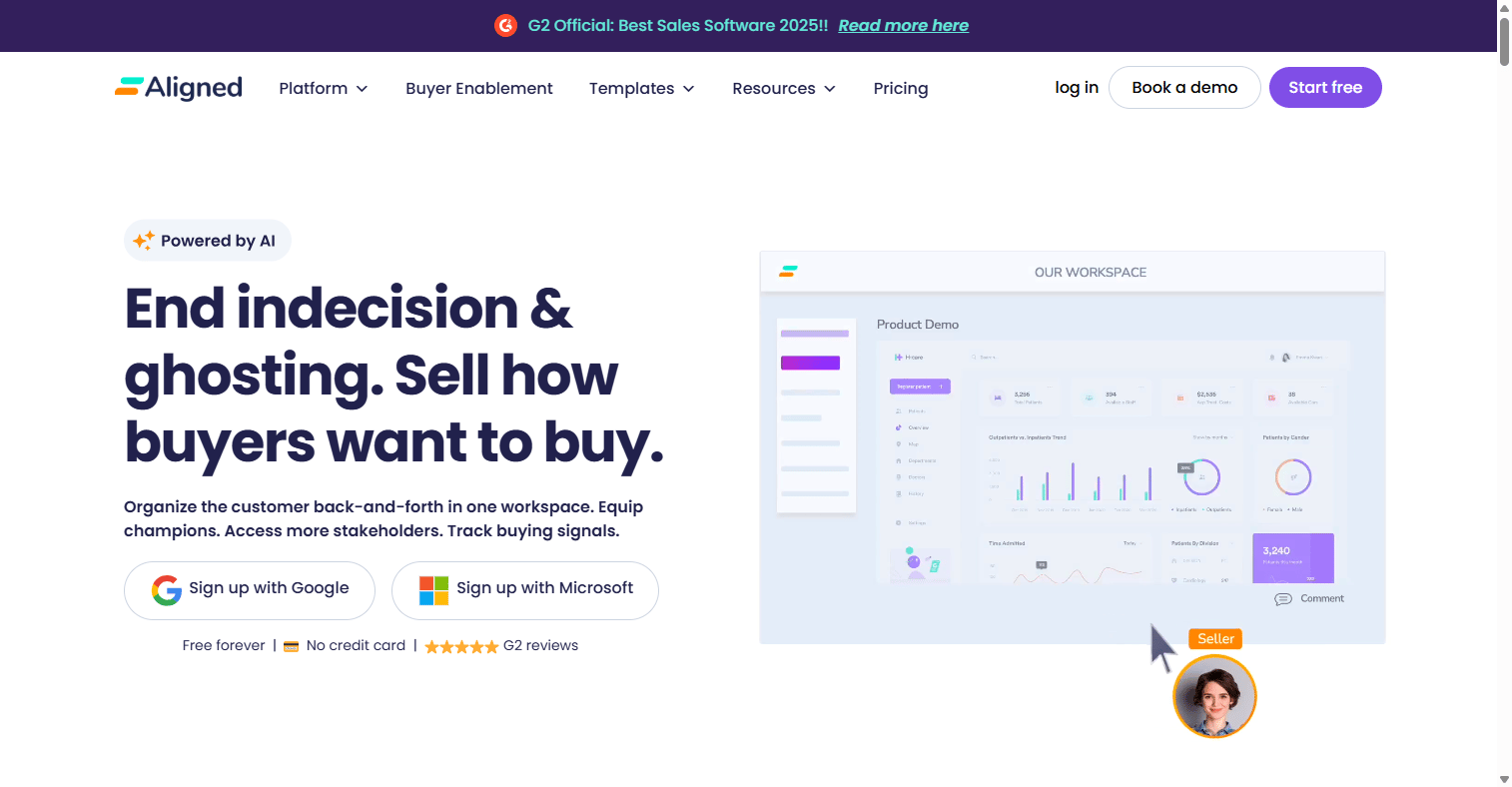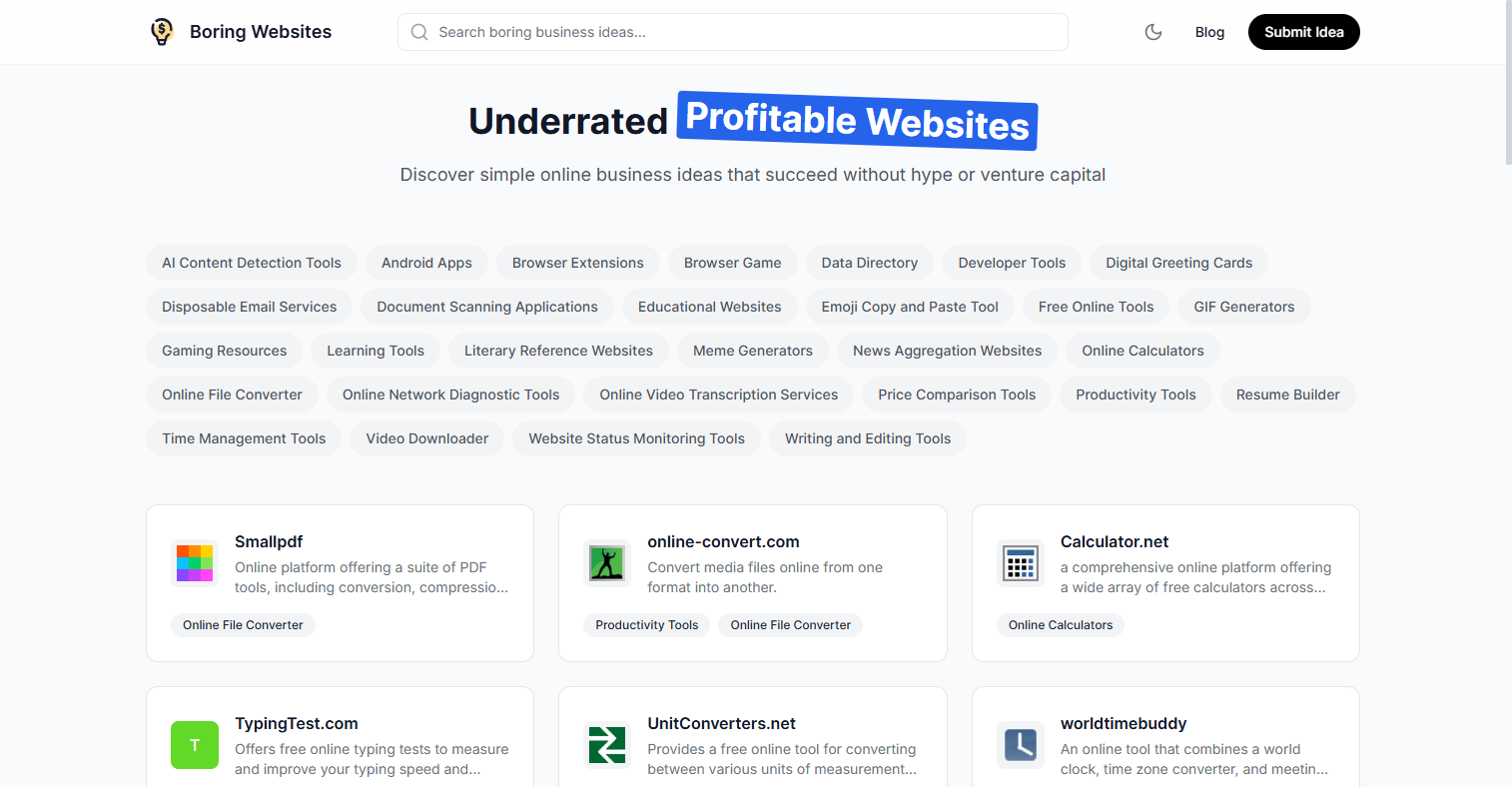|
“As you start to walk on the way, the way appears. Clarity doesn't come before action. It comes from action.”
― Rumi
This week, we've got the kind of heat that makes you question every life choice that led you outdoors. Perfect weather for staying indoors with a cold drink and a good read—like Think Like a Marketer, Learn Like an L&D Pro. It is racking up five-star reviews, which means one of two things: it’s either helpful… or my mom’s been very busy. Early readers are calling it “a great primer for designing learning that breaks through” and “a must-read for any L&D pro ready to drive real engagement.” If it’s already on your shelf, I’d be honored if you left a review. If it’s not yet—maybe it belongs on your summer reading list.
Thanks for reading!
|
|
|
sponsored
Psychology-backed learning: how to create memorable training
This free guide walks you through 8 proven learning experience design (LXD) principles that turn average courses into ones learners remember. You’ll learn how to build training that’s clear, engaging, and grounded in real cognitive psychology and design research.
|
|
|
📰 News & Notes
AI in ID: What the Research Really Says
The Rundown: A review of 18 peer-reviewed studies by Philippa Hardman shows AI can streamline instructional design (ID) work—saving time and boosting creativity—but also brings real risks around quality, ethics, and creativity loss.
The Context:
- AI cuts routine work: 65% faster lesson planning, 95% time savings in assessments.
- Boosts creativity when used for brainstorming—but overuse drops uniqueness by 32%.
- Designers skilled in prompt writing get 58% better results.
- Risks: biased outputs, fabricated facts, shallow pedagogy, and reduced professional judgment.
- Studies urge human oversight, regular audits, flexible frameworks (like ChatCLD/ARCHED), and strong AI literacy.
Why it Matters: AI isn’t replacing IDs—it’s shifting the role. Human designers are now “augmented,” using AI to handle grunt work while doubling down on what humans do best: nuance, empathy, ethics, and strategy. Smart use of AI demands more than tech skills—it requires deeper pedagogical thinking and critical reflection. The takeaway: AI is powerful, but only when we stay in charge.
How might your reliance on AI be shaping—or narrowing—your creative and pedagogical instincts without you realizing it?
|
|
|
The Memory Paradox: Why L&D Needs Knowledge in the Age of AI
The Rundown: New research challenges a popular trend in L&D: offloading memory to tech tools. The neuroscience says this might actually be harming learners’ reasoning, retention, and problem-solving. As IQ scores decline globally, the authors argue it’s time to bring knowledge and memorization back to center stage—even in our AI-rich world.
The Context
- Our brains build deep understanding through two systems: declarative memory (facts) and procedural memory (skills).
- When we “Google it” instead of learning it, we bypass these systems—undermining schema formation and cognitive efficiency.
- Modern pedagogy often favors critical thinking over content mastery—but without foundational knowledge, critical thinking can’t take root.
- Memorization isn’t old-school—it’s neural fuel for fluency, pattern recognition, and insight.
- Offloading too much (like using calculators for simple math) blocks procedural learning, leaving learners slow and shallow in real-world problem-solving.
Why It Matters For L&D practitioners, this is a call to rethink balance. Technology can support learning—but it shouldn’t replace memory. Building rich internal knowledge through retrieval, repetition, and structured practice lays the groundwork for agility, insight, and real expertise. Without it, we risk training learners to follow steps without ever understanding the path.
If your learners suddenly lost access to digital tools, how much of your training would still stick—and how much real understanding would remain?
|
|
|
How Marketers Hook Attention (And Why L&D Should Copy Them)
The Rundown L&D pros lose learners within 30 seconds if they don’t grab attention. Marketers are masters of the hook—leading with emotional urgency, transformation, or tangible value. Meanwhile, most training starts with flat intros (“By the end of this course…”). It's time L&D took a page from the marketing playbook.
The Context
- First impressions matter: Marketing leans on the primacy effect—what’s said first, sticks.
- Their go-to formula: Pain + Timeline + Promise = Instant hook.
Instead of “Learn conflict resolution,” try: “Tired of team tension? In 20 minutes, you’ll defuse workplace conflict like a pro.”
-
Proven in practice: Research shows that learner engagement increases when sessions open with interactivity, emotional relevance, or provocative framing—such as polls, bold questions, or clearly defined problems.
Why It Matters Learner attention is fragile—if you don’t hook them fast, you lose them. Starting with a sharp, emotionally resonant message sparks immediate buy-in and helps learners see why they should care. By addressing a real pain point or goal upfront, you create relevance and motivation. Best of all, this shift doesn’t require new tools or platforms—just a smarter way to frame your openers. When you start with clarity, urgency, and value, you don’t just teach—you earn attention.
What’s one training you've led that could’ve landed better—how might a sharper hook have changed the outcome?
|
|
|
sponsored
Ever wish you had a virtual expert by your side?
Imagine having a virtual expert that’s trained on all your organization’s information—text, images, video, training courses, and more. You could ask it questions and receive cited answers instantly, use premade prompts to optimize your workflow, and remix your content to repurpose it with ease!
See the future of how your team will work, learn, and access knowledge on demand—register for “The Future of AI for Working + Learning” webinar on July 16.
|
|
|
🧰 Tech Tools & Tips
If tools are your jam, check out my Work Smarter newsletter.

Aligned
Turn chaotic multi-stakeholder projects into organized, trackable training programs
|
|

Boring Websites
A big directory of online tools and resources spanning productivity, calculations, news, and more
|
|
|
|
🎧 Podcast of the Week
This is the conversation that caught my ear this week. Check out previous episodes in the Friday Finds podcast playlist.
Enhancing Your PowerPoint Experience
We can all work smarter and this deep dive into customizing PowerPoint is a goldmine for anyone looking to streamline their PowerPoint workflow, leverage hidden settings and features, and create more in less time.
|
|

|
|
|
|
🧳 Where’s Mike?
- Marketing Meets L&D: A Fireside Chat, Today, Online
- ATD Core 4, September 29 - October 1, Orlando, FL
- Cincinnati ATD, October 8, Cincinnati, OH
- DevLearn, November 12-14, Las Vegas, NV
If you or your event needs a speaker or workshop that is highly interactive and super practical, we should talk.
|
|
|
Subscribe to this newsletter
"Friday Finds is essential for staying current in the ID industry. The quick takeaways on each article are a huge time-saver." -JM |
|
|
Like this newsletter? Share it with someone you love. Don’t like it? Share it with someone you don’t!
Friday Finds is an independent publication that I produce in my free time. You can support my work by sharing it with the world, booking an advertising spot, or buying me a coffee.
|
|
|